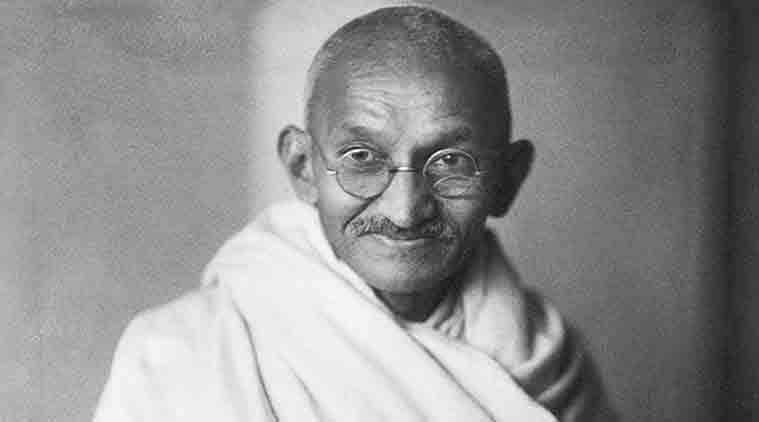Hindutva

The protection accorded in the Constitution to people of all faiths embodies an idea of India that represents plurality and tolerance. Attempts are, however, on to give the country a homogenous identity. The strategy to achieve this objective is two-fold. One, forging a monolithic identity for the Hindus that overlooks the diversities among them. Two, subsuming all other religious and cultural minorities under the Hindu fold — this objective manifests itself when leaders of Hindutva, particularly those from the RSS, claim that everyone born in India is a Hindu.
The champions of Hindutva are silent when it comes to the hurdles created by caste hierarchies in improving the economic and spiritual well-being of the so-called “lower castes”. Their approach is usually to mask the discrimination faced by these communities under a religious garb. Hindutva, thus, reinforces caste hierarchies.
Babasaheb Ambedkar drew our attention to the ways in which Brahminical religion sanctioned the caste system and enabled the continuation of practices such as untouchability. He said: “The problem of untouchability is a matter of class struggle. It is the struggle between caste Hindus and the untouchables… This is a matter of injustice being done by one class against another.”
Ambedkar saw Buddhism as a religion based on morality — that is why it has space for the downtrodden. His choice of Buddhism was, in effect, a moral and rational critique of Brahaminical Hinduism. In contrast, the forebearers of Hindutva, overlooked the contradictions and exploitative structures of the religion. Hindutva ideologues do claim that Dalits are part of the Hindu society, but that’s only for political gains.
The Dalits are denied elementary human rights and access to institutions. Periyar, the founder of Dravidian movement, too drew attention to such structural contradictions within Brahminical Hinduism — especially the ways it came short in addressing issues related to human dignity and self-respect. Rationality was his weapon in the fight to secure agency for the lower-castes and women. In our times, the vandalising of Periyar’s statues is proof of the hatred towards the lower castes and their icons.
The fanatic who assassinated Mahatma Gandhi was also moved by such exclusivist ideas. “I do not expect India of my dream to develop one religion, that is, to be wholly Hindu, or wholly Christian, or wholly Musalman, but I want it to be wholly tolerant, with its religions working side by side with one another,” Gandhi had once said. His acceptance among the masses, his methods of ahimsa and mass-strikes and his position on untouchability were intolerable to the RSS.
The assassination of the Mahatma is a manifestation of the Hindu right’s inability to tolerate a diversity of viewpoints. As M S Golwalkar, recognised as the guru of RSS, said: “The non-Hindu people in Hindustan must adopt the Hindu culture.” Gandhi’s assassination came at a time when the newly independent nation was struggling against acute poverty. It is worth recalling Swami Vivekananda here. He said: “It is an insult to a starving people to offer them religion; it is an insult to a starving man to teach him metaphysics.”
Religion is a part of the private life of an individual; its main functions are regulation of rituals and ceremonies and spiritual uplift. Hindutva, in contrast, is a political ideology that uses religion to mobilise popular support by creating a false fear of other religions and cultural identities. Such political use of religion has now led the ruling elites to give up on issues of vital importance on one hand and on the other hand, it has also meant that religion plays an important role in the formulation of policies by elected governments.
Most often, this works to the detriment of certain religious communities — the mess that has been created by the Citizenship (Amendment) Bill is one glaring example of this.
Arguments about who is a Hindu, and who is not, and mobilisation around religious identities take attention away from the real issues of hunger, inequality and unemployment. The distinction the Italian communist Antonio Gramsci made between the “official religion” and the “popular cultures” is pertinent here. He said that “every religion is in reality a multiplicity of distinct and often contradictory religions” that vary on class lines. The RSS wants to paper over such contradictions.
The debates around hard-Hindutva and soft-Hindutva are seriously tampering with the secular character of our elections and democracy. The RSS and the ruling regime wants to create a new normal — one in which being Hindu is considered a must for representing the population. This agenda should be resisted at all costs. Let us go back to what Ambedkar said: “Religion is for man and not man for religion”. It would also be apt to look back at the real spokespersons of Hinduism like Swami Vivekananda. “Upon the banner of every religion will soon be written,” he once said, “help and not fight, assimilation and not destruction, harmony and peace and not dissension.”
The writer is national secretary, CPI and Member of Parliament
Comments
Post a Comment